
The project called for a clean, low profile to minimise visual disruption of the landscape, while maximising weathertightness and installation flexibility.
A challenging site and design brief
Designed and built for clients Norman Evans and Sharon Chappelow, the Eel House is a collaborative response to a quite specific brief that included a request for the home to “not have any straight lines”. It was to be a habitat that supported the clients’ expansive everyday use and should not be compromised for the sake of visitors or conventional expectations of what a house should be.
Set on the water’s edge at the end of Roseneath Peninsula with panoramic views to the southwest across the inner Otago harbour, the site came with numerous constraints. These included consent requirements and visual character, along with excavation limitations, site access and the range of extreme Otago climatic conditions.
As collaborating architects Mark Southcombe and David Smith recall: “Our vision was of a sinuous line — an eel-like, long, south-facing house that reinforces a curving landscape contour at the specific moment the slope eases.”
Enhancing form and function
Locally-sourced, simple, robust materials were combined to balance economy, architecture and sustainability. The home’s construction uses standard details, such as an insulated ground concrete slab and 140 light timber with integral steel frames where required. The organic double curvature was created through a series of simple, curved walls with truncated radial roof planes at the ends of the ‘eel’. The selection of Eurotray Roll Cap roofing beautifully accommodates the roof’s unique radial design features.
Clean lines with no visible fixings
Eurotray Roll Cap is fixed over plywood on purlins, using a hidden fastener system. The result is long, uninterrupted lines with the wide flat sections fully supported by the plywood substrate. As the Eurotray lines radiate around the home’s curves, its elegant organic design is accentuated in an ever-changing display of subtle light and shadow.
The flexibility to support true craftsmanship
Craig Maley, from RoofingSmiths Dunedin, has been installing Dimond roofs for more than 30 years. He enjoys working with Eurotray and regards it as the ‘Rolls Royce’ of roofing.
“Eurotray is installed over plywood, so the building can be enclosed before the roofing contractor arrives. The ply fully supports the roofing material providing lasting strength and durability. It also provides a solid working platform that helps reduce installation time,” says Craig.
“The material chosen for the Eurotray Roll Cap on this project was ColorCote AlumiGard, a highly durable aluminium-based product ideal for harsh coastal conditions,” he explains. “It’s also more malleable than steel, so you can do more with it, which made it easier to create the unique curves and radial sections.”
Designed for harsh climates
Eurotray Roll Cap not only offers clean lines and an attractive robust look, it’s also suited to New Zealand’s most challenging weather.
“Eurotray can be installed in all wind zones. You simply decrease the spacing between the hidden fastening clips to achieve the highest wind rating,” explains Craig. “When it comes to weathertightness, the lack of external fastenings and the full-length raised caps that seal the tray sections together create a system that’s hard to beat.”
The option to add a solar power laminate
The Eurotray Roll Cap profile includes the option to add Dimond Roofing’s photovoltaic laminate (PVL). This solar power technology provides the added benefit of generating electric power by harnessing the sun’s renewable energy. PVL is a highly efficient, flexible technology that can be added during installation or at a later date. Unlike traditional glass panels, they have no obvious protrusions, cables or additional fixings, fitting seamlessly into the roof trays and can even be used on curved roofs.
About the cladding
Installed by specialists like RoofingSmiths, Eurotray is run to order in Invercargill, Christchurch and Auckland. This allows customised sheet lengths and variable widths if required. Long sheets can be run onsite to avoid transportation challenges and the curving machines are transportable.
Available in a choice of durable colours, Eurotray measures up to suit any design and environmental requirements.
Profile used: Eurotray Rollcap
Suitable for: Residential and Light Commercial
Manufactured: Auckland
Project Credits:
Architects
Southcombe Architects
Contact: 027 313 1203
David Smith Architects
Contact: 03 379 5811
Installer
Craig Maley, RoofingSmiths Dunedin
Contact: 027 480 6566 or [email protected]













 New Products
New Products










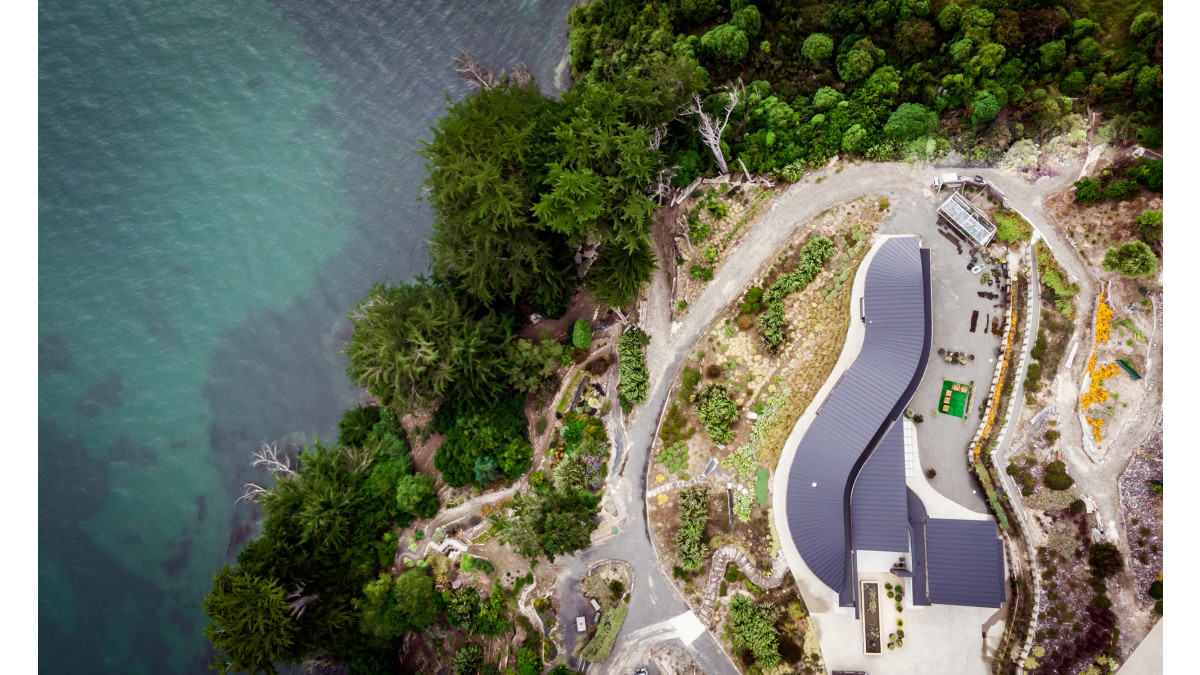
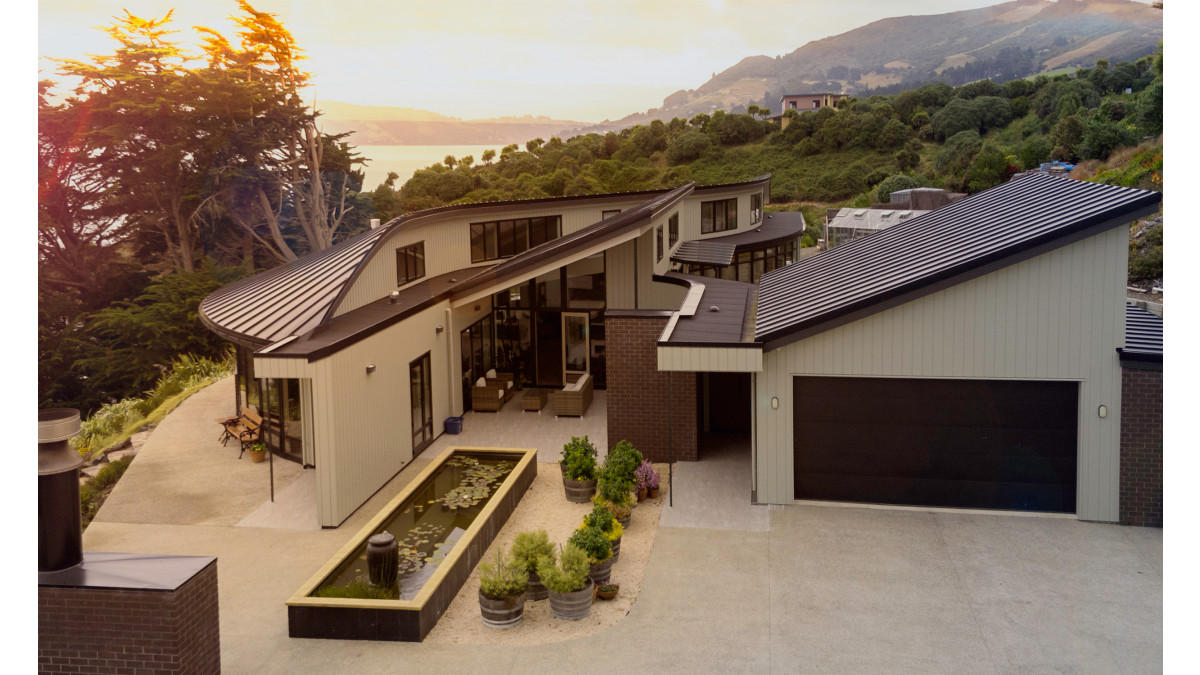
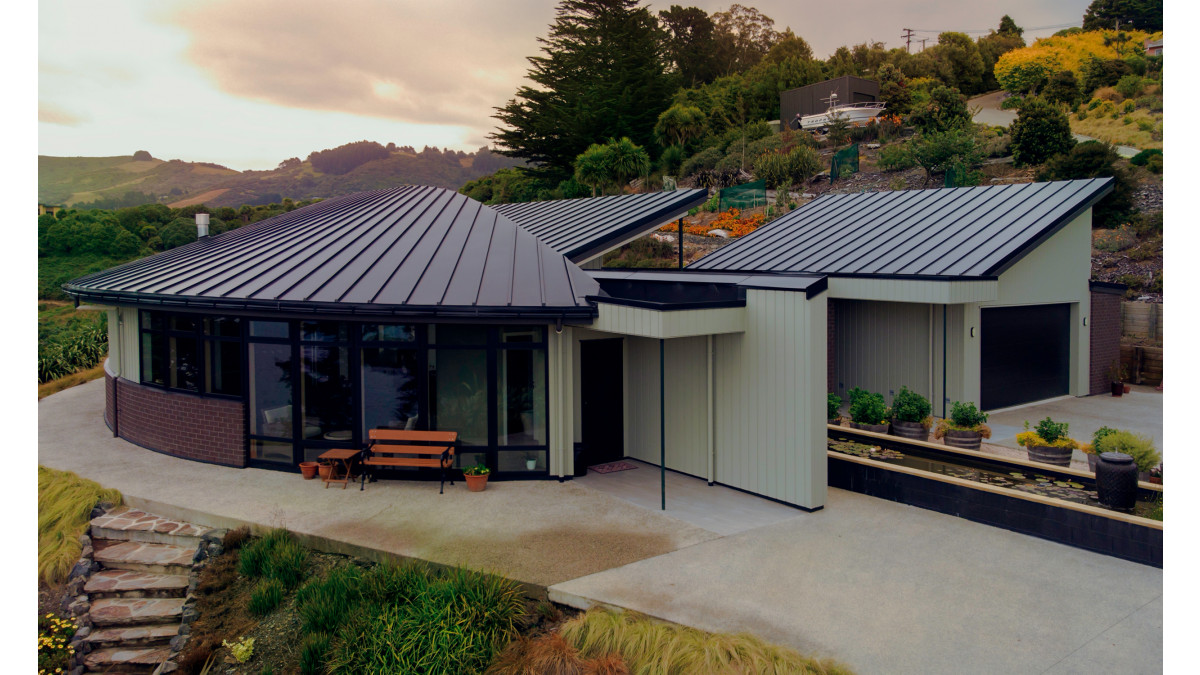


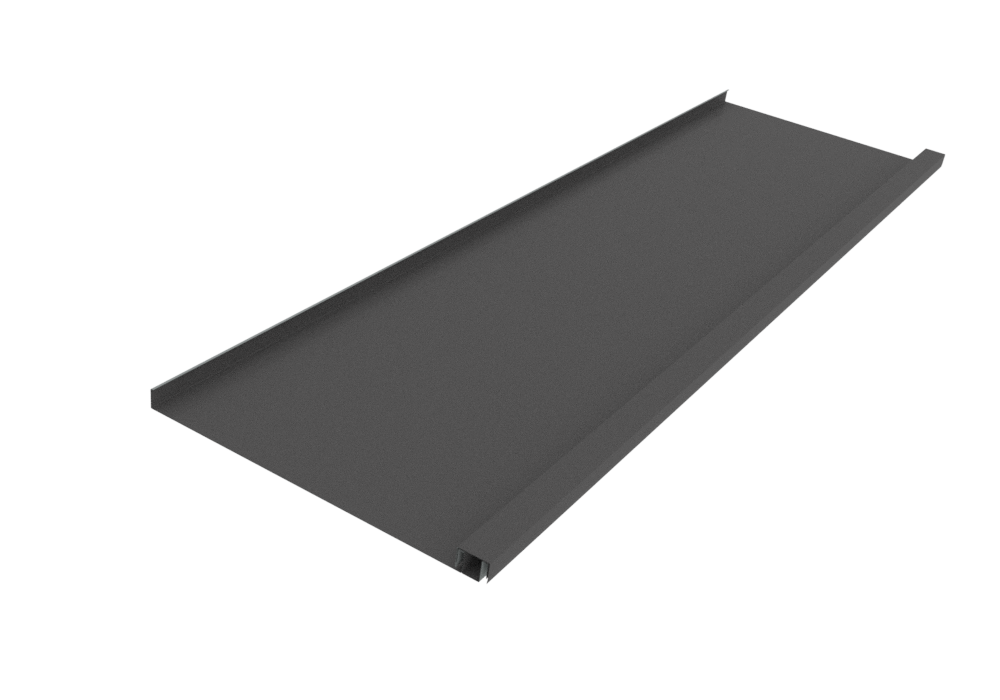

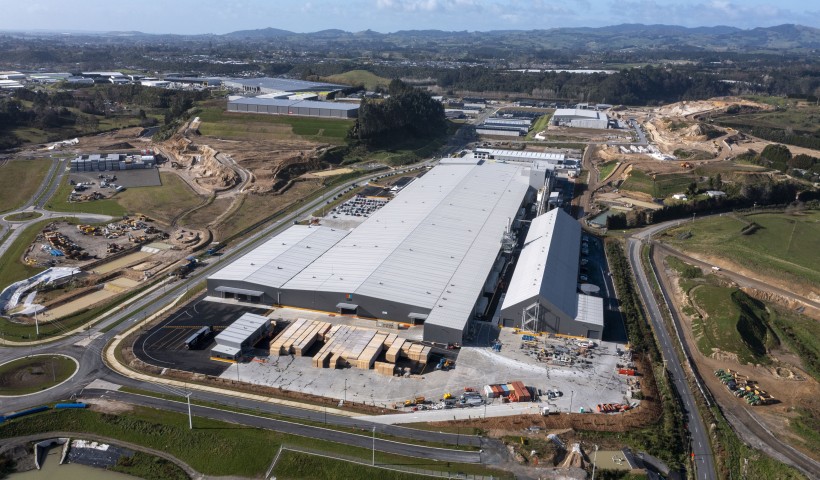
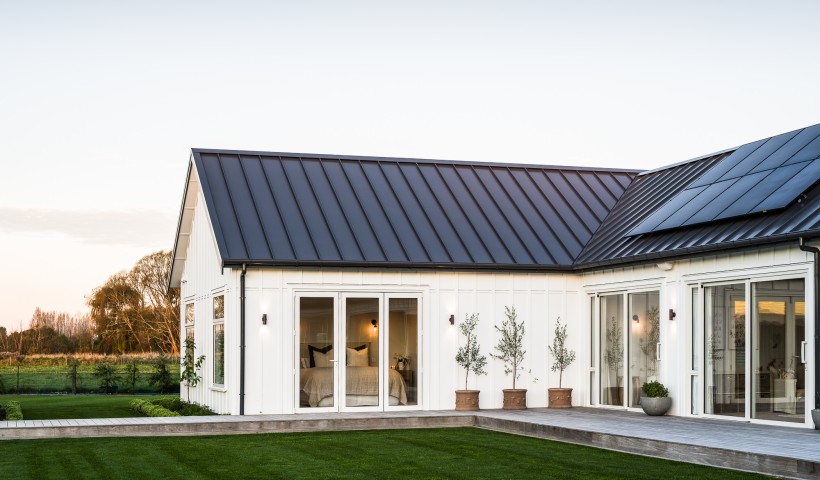
 Popular Products from Dimond Roofing
Popular Products from Dimond Roofing


 Most Popular
Most Popular

 Popular Blog Posts
Popular Blog Posts
